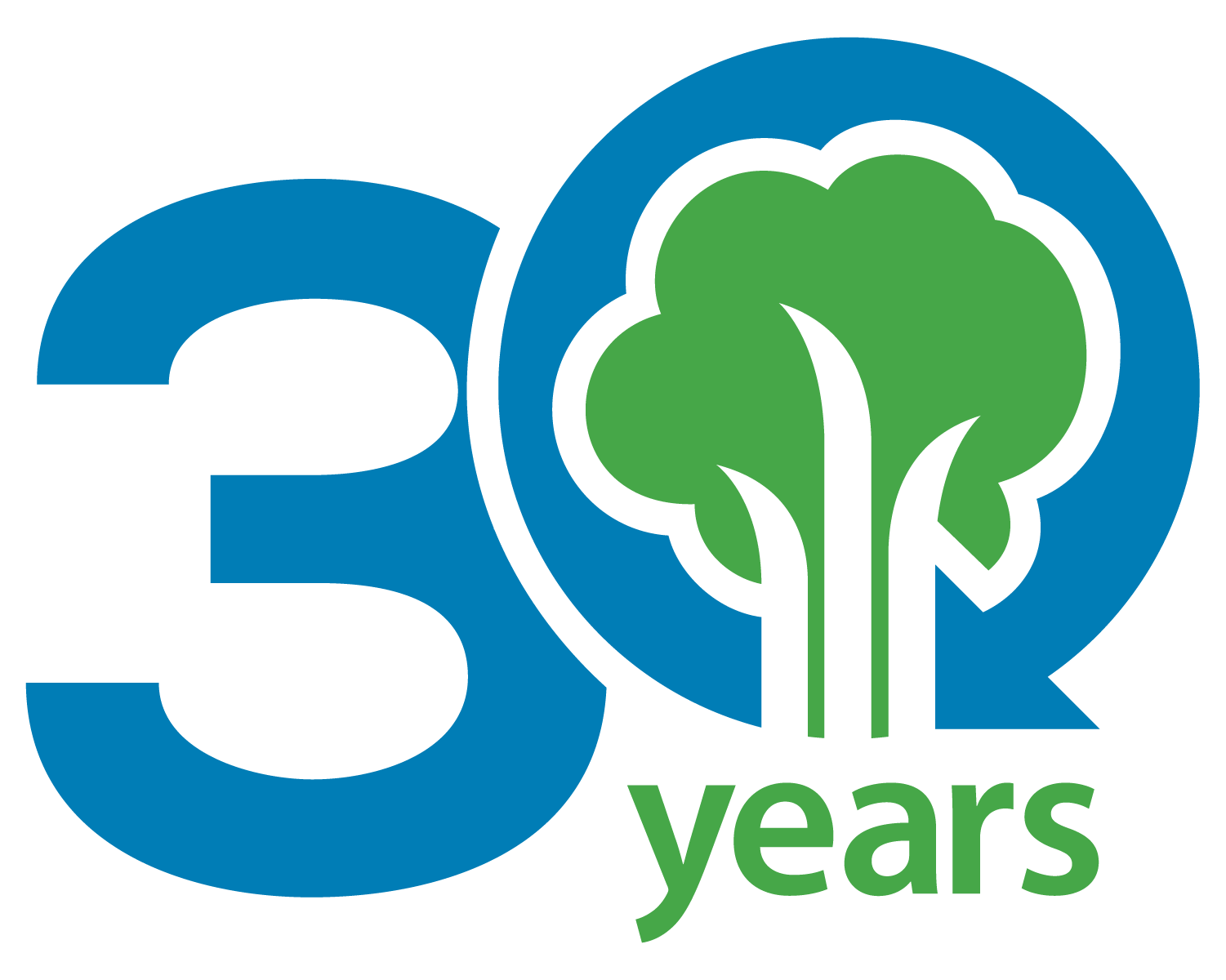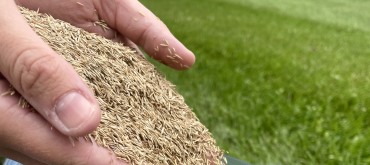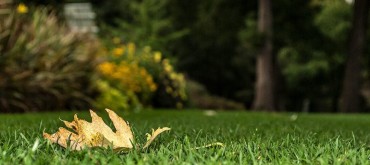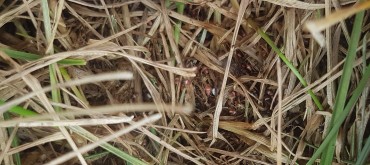In order to achieve a healthy lawn in addition to the three macros of proper nutrients, water and mowing height it is also important to ensure there is proper root growth and development occurring to aid in better overall resilience and strength. One of the more common yearly occurrences that can hamper the growth and defense of your lawn is soil compaction. In order for the much-needed fertilizer and water to work efficiently when applied, these key ingredients need to be able to make their way into the soil profile over time. This can be much more difficult if the soil is too compacted therefore, it is recommended to consider aerations at least once a year to aid in reducing or preventing this compaction to keep your lawn on the right track to better growth.
Soil compaction occurs over long periods of time as the soil remains undisturbed and can be escalated with increased activity taking place on the lawn as well. When the soil becomes too compacted it will restrict the expansion of the roots making it harder for nutrients, water, and air to make their way through the soil, and in some cases may feel quite bumpy to walk along. By performing a core aeration not only will you reduce compaction, but you will provide the lawn with the ability to grow stronger roots, improve drought stress and heat tolerance, as well as enhance the breakdown of thatch. Thatch is the layer of debris consisting of grass clippings, shallow roots and leftover organic matter that can build over the soil layer in between the grass blades. Too much thatch causes similar effects in reducing the ability for nutrients, air, and water to penetrate the soil where it is needed. We often have customers mention dethatching and it is important to know that core aerations provide the same result in reducing thatch, and are far less aggressive and damaging to the crowns of the grass. During a core aeration, a machine is rolled over the lawn and removes cores roughly 3-4 inches deep in a consistent thorough pattern. This opens up the soil profile allowing what is left in the ground to loosen leaving more room for root development, and better access for the water, air, and nutrients. The cores that will remain on the lawn are important to be left on the lawn as they will eventually decompose and return any important soil organic matter and moisture back to the root zone.
If you have yet to have a core aeration performed this year or have any additional questions feel free to reach out to our office as fall is the best time of year to have these performed to prepare the lawn for a more successful return next spring.





